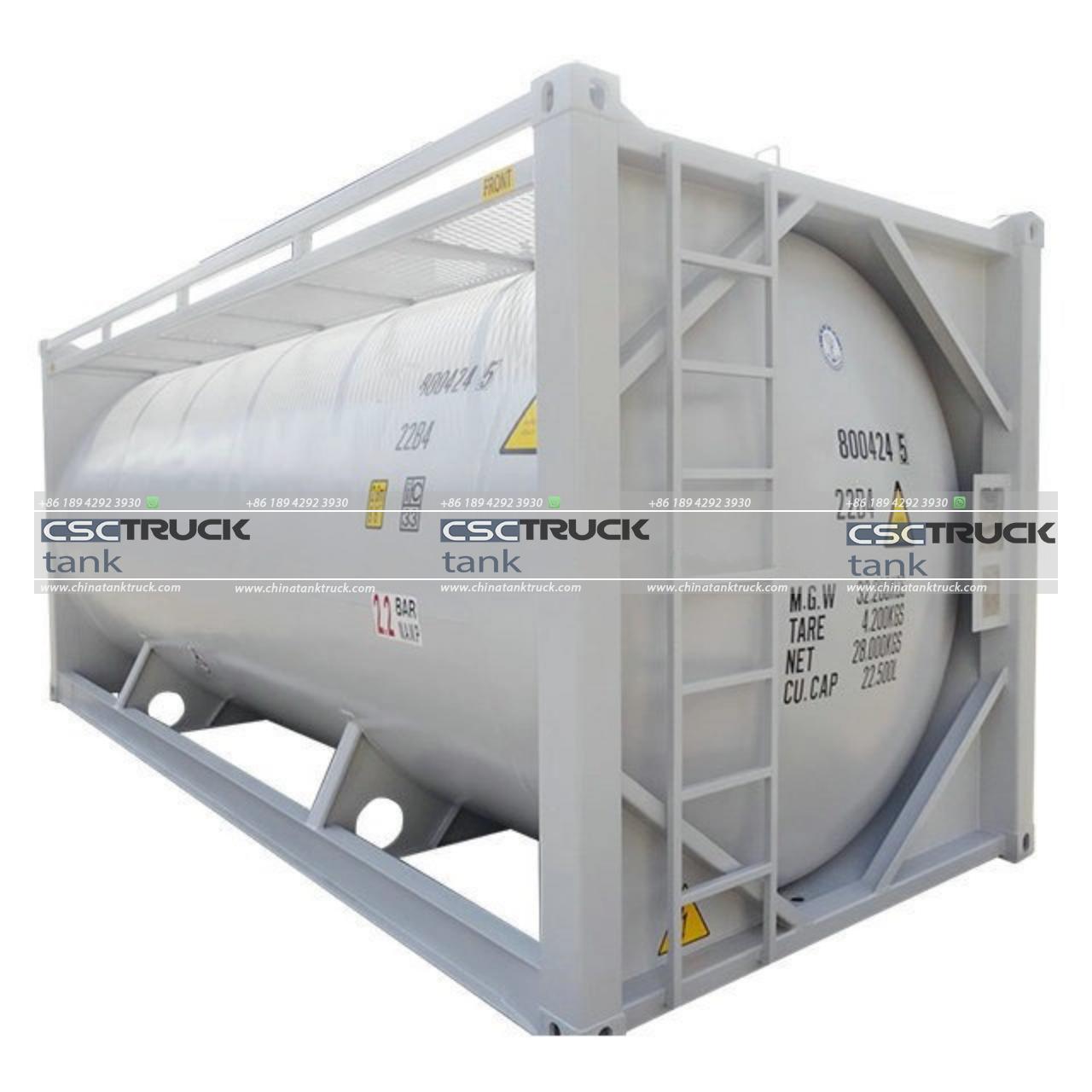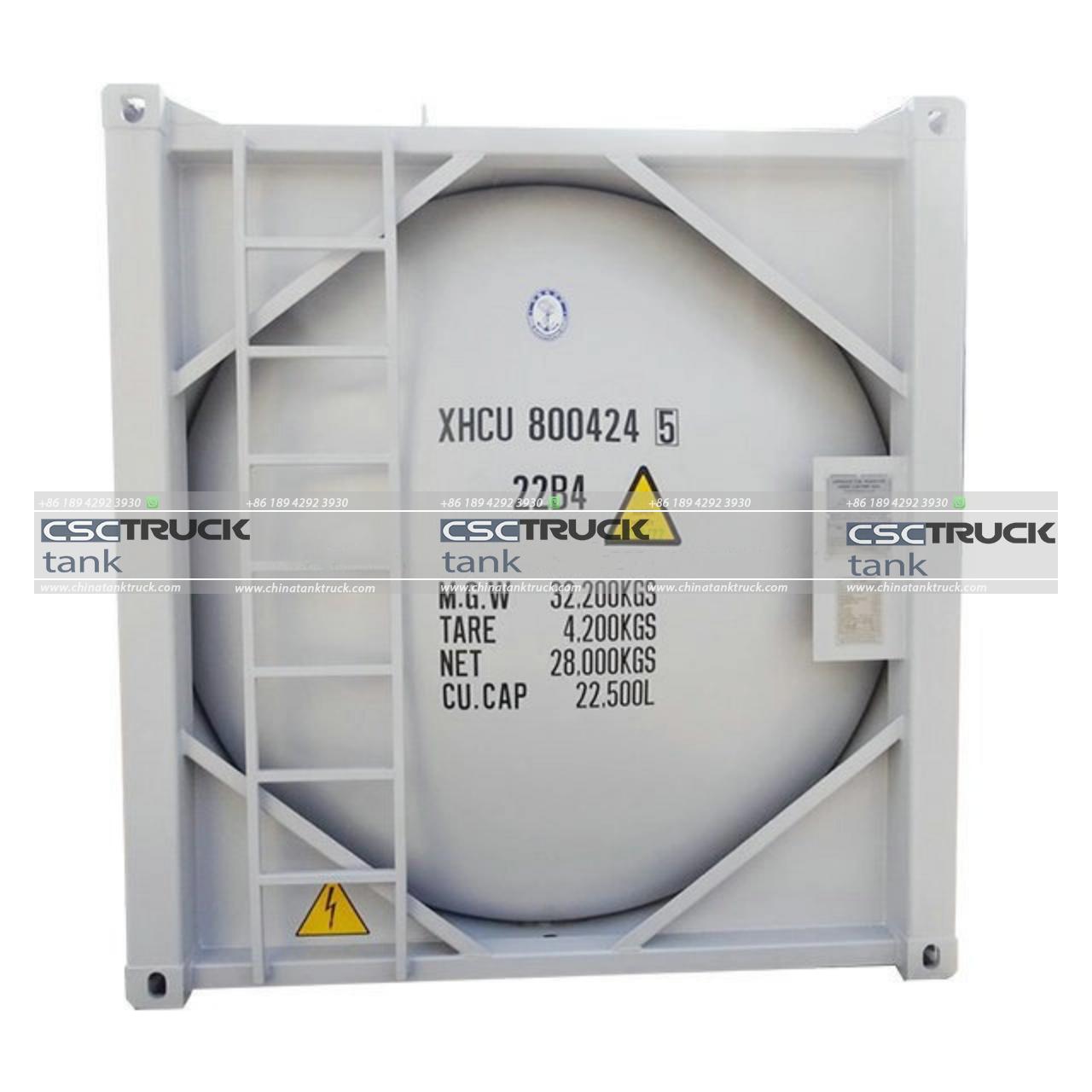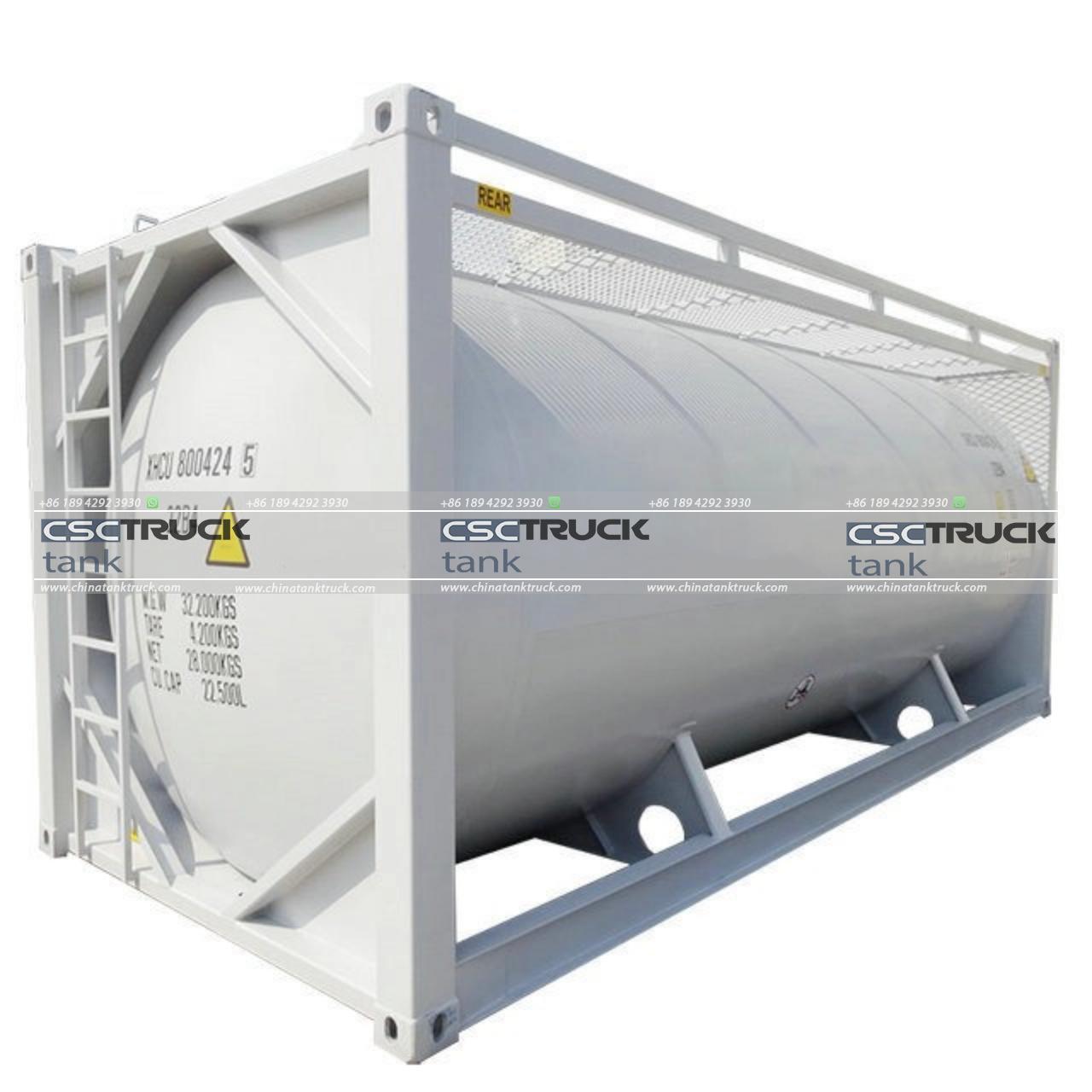How Many Litres is an ISO Tank?
An ISO tank, also known as an ISO container or tank container, is a cylindrical, stainless steel vessel enclosed in a framework that conforms to the International Organization for Standardization (ISO) guidelines. These containers are designed for the transportation and storage of bulk liquids, gases, and chemicals across different modes of transport—road, rail, and sea. The ISO tank has become a critical component in the global supply chain, offering a versatile, safe, and efficient means of transporting liquids across vast distances.
One of the most frequently asked questions about ISO tanks is, “How many liters does an ISO tank hold?” This question is essential for industries such as chemicals, food, and fuel logistics, where knowing the precise volume is vital for operational planning. The capacity of an ISO tank varies depending on the size, type, and specific requirements of the cargo it is designed to carry. In this article, we will explore the various capacities of ISO tanks, the factors that influence these capacities, and the different types of ISO tanks available on the market.
Standard ISO Tank Capacity
The most common ISO tank used in the industry is the standard 20-foot tank container. This tank, which complies with ISO standards, typically has a capacity ranging from 17,500 liters to 26,000 liters. This range in capacity depends on the design specifications and the materials of construction. A 20-foot tank is the industry standard because it offers a good balance between carrying capacity and the ability to be easily transported via road, rail, or sea. The 20-foot ISO tank fits perfectly into the dimensions of standard shipping containers, making it suitable for intermodal transport.
– 20-foot standard ISO tank:
– Capacity: 17,500 – 26,000 liters
– Length: 6.06 meters (20 feet)
– Width: 2.44 meters (8 feet)
– Height: 2.59 meters (8 feet 6 inches)
For larger operations or for cargos that require greater volume, there are also 40-foot ISO tanks available, though these are less common than their 20-foot counterparts. The 40-foot ISO tanks can hold between 44,000 and 52,000 liters. These larger tanks are used when efficiency in transportation is key, especially when transporting non-hazardous liquids such as food-grade products or large quantities of chemical solvents.

Factors Affecting Capacity
While the dimensions of an ISO tank might seem straightforward, several factors can affect the actual volume or capacity of the tank:
1. Type of Liquid: Different liquids have varying densities. For example, a tank designed to transport crude oil will have a different capacity than a tank meant for a more viscous chemical or hazardous material. ISO tanks are built with specific materials and safety mechanisms based on the type of liquid being transported.
2. Material of Construction: ISO tanks are generally made of stainless steel, but the thickness and design specifications can differ depending on the cargo. Some tanks are equipped with additional insulation layers or special linings, which can reduce the internal capacity.
3. Safety Regulations and Standards: Depending on the region or the type of cargo being transported, tanks must meet specific international safety standards. For example, tanks carrying hazardous chemicals must meet higher safety requirements, including thicker walls or additional protective barriers, which may reduce the overall capacity.
4. Temperature Requirements: Some liquids must be transported at specific temperatures. This can include ISO tanks with heating or cooling systems that slightly reduce internal capacity to accommodate the extra space needed for these features.
Types of ISO Tanks and Their Capacities
ISO tanks are available in various types, each tailored to carry specific cargoes. The type of tank used often determines the volume it can hold.
1. Standard ISO Tank:
The standard ISO tank is the most commonly used tank container. These are used for non-hazardous and hazardous liquids like oils, chemicals, and food-grade liquids. As mentioned, their capacity ranges between 17,500 and 26,000 liters.
2. Reefer ISO Tank:
Reefer ISO tanks are used to transport temperature-sensitive liquids. They come equipped with cooling systems to maintain specific temperatures, often for products like dairy, fruit concentrates, and other perishable liquids. Their capacity is slightly lower than standard ISO tanks because of the additional space taken up by refrigeration equipment, typically between 17,000 and 24,000 liters.
3. Swap Body Tank:
Swap body tanks are slightly larger than standard ISO tanks and can have a capacity of up to 35,000 liters. These are primarily used in regions where the tank is swapped between different modes of transport, such as road and rail.
4. Gas ISO Tanks:
ISO tanks are also available for gases, particularly liquefied gases such as liquefied petroleum gas (LPG) or liquefied natural gas (LNG). These tanks are constructed with special materials to handle high-pressure contents. While liquid tanks hold thousands of liters, gas tanks are measured in cubic meters and can store 25,000 to 50,000 cubic meters of gas.
5. Food-Grade ISO Tank:
For transporting food and beverage products like wine, juices, and oils, food-grade ISO tanks are used. These tanks meet strict hygiene and quality standards and have a capacity that generally ranges from 20,000 to 24,000 liters.
6. Hazardous ISO Tank:
Hazardous ISO tanks are designed to transport dangerous liquids and chemicals. Their capacities vary based on the requirements of the chemical being carried and the safety features built into the tank. Typically, these tanks range from 17,000 to 25,000 liters.

Applications of ISO Tanks
ISO tanks are used across a broad spectrum of industries. Some of the most common applications include:
1. Chemical Industry: ISO tanks are widely used in the chemical industry to transport hazardous and non-hazardous chemicals, solvents, and acids. The high safety standards of these tanks make them ideal for chemicals that require careful handling.
2. Food and Beverage Industry: ISO tanks are critical for transporting bulk quantities of food-grade liquids like wine, oils, juices, and syrups. The tanks are built with hygienic materials and systems to ensure the contents remain uncontaminated.
3. Petroleum and Gas Industry: ISO tanks are commonly used for transporting petroleum products, natural gases, and other fuel-based liquids.
4. Pharmaceuticals: In the pharmaceutical industry, certain medical-grade chemicals and liquid medicines are shipped via ISO tanks to ensure product integrity and safe handling.
Conclusion
In conclusion, ISO tanks come in various sizes and types to meet the specific needs of industries ranging from chemicals and food to pharmaceuticals and gases. The most common ISO tanks, the 20-foot standard tanks, typically hold between 17,500 and 26,000 liters, though capacities can vary based on the type of tank, its material of construction, and the nature of the cargo being transported. Whether it’s chemicals, food-grade products, or liquefied gases, ISO tanks provide a versatile and efficient solution for transporting liquids in bulk. Their importance in global logistics cannot be overstated.


